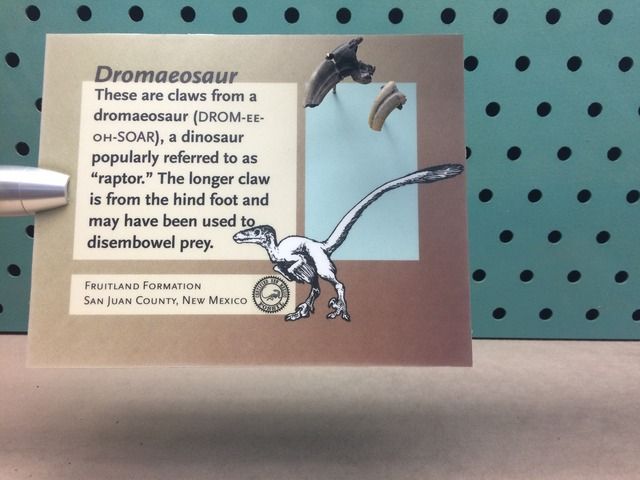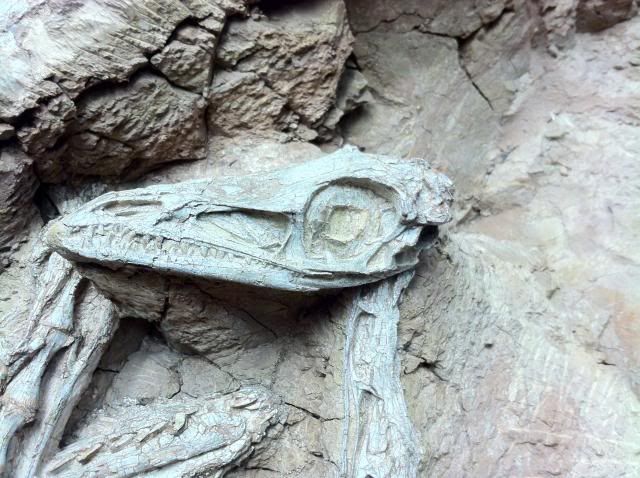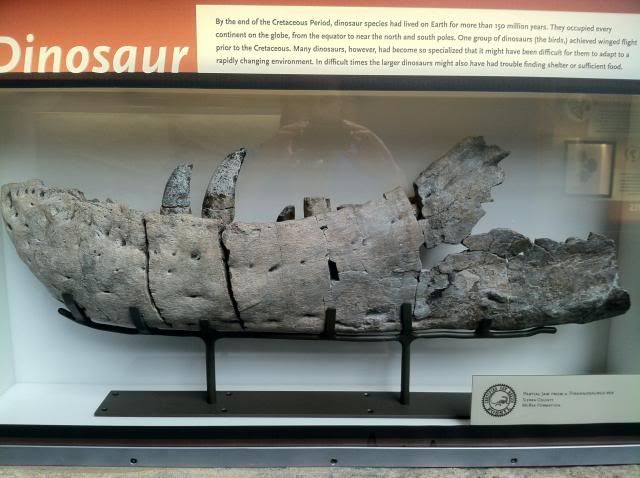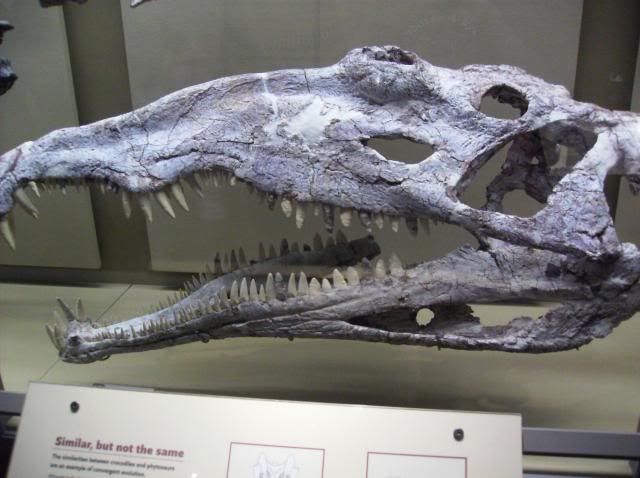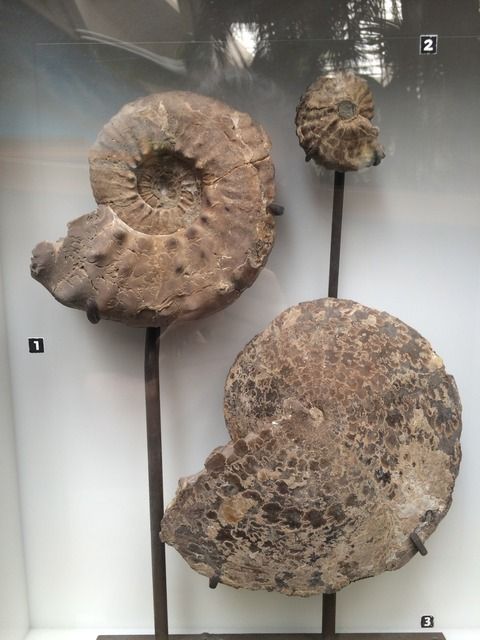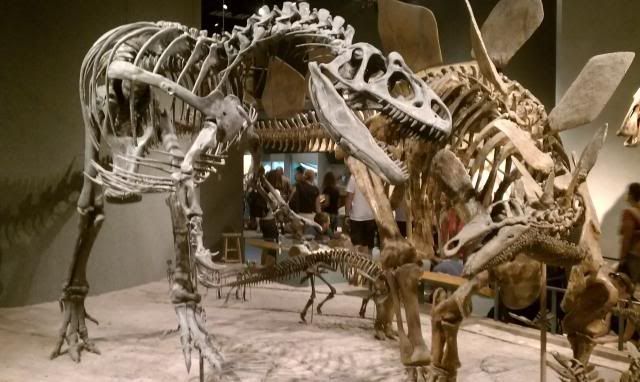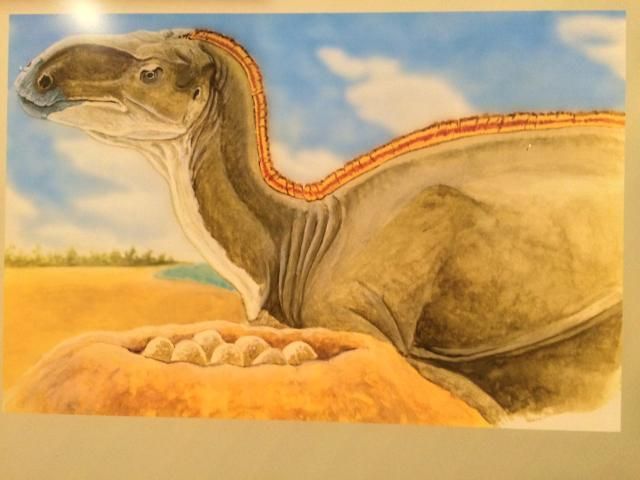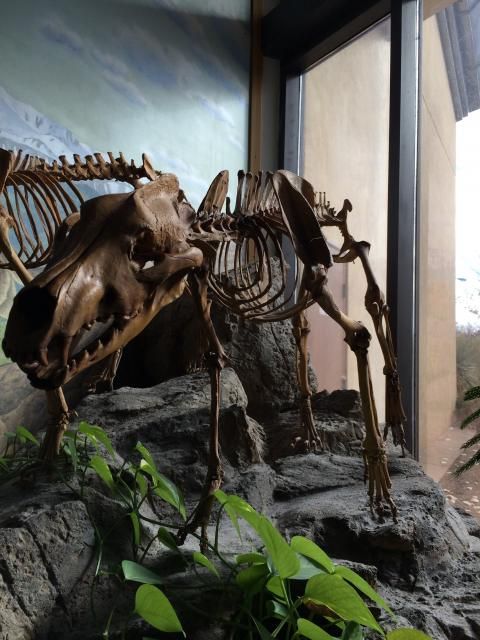Last month’s challenge went unguessed, meaning the final bragging rights for Know Your Bones belongs to me.
So, what is the name of the critter in last month’s challenge? It is Coelophysis bauri.
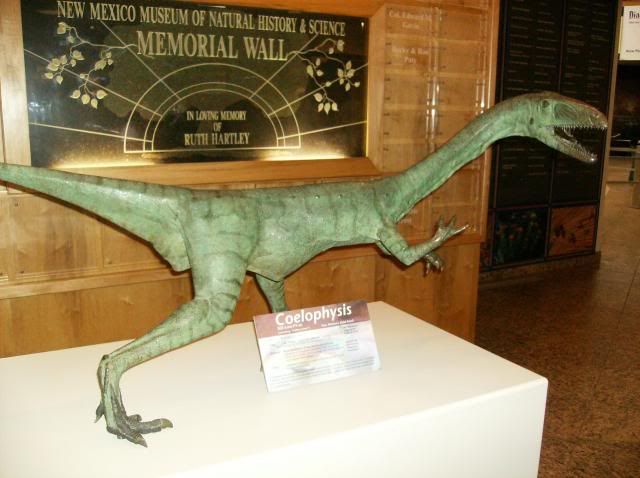
(Taken at the New Mexico Museum of Natural History and Science)
Coelophysis bauri lived during the late Triassic 208 to 228 million years ago. Most specimens are found in New Mexico, however, several specimens of related species (specimens that would be classified as Coelophysis) have been found worldwide, dating to as late as the early Jurassic. Coelophysis is one of the earliest dinosaurs known to science and the earliest known from complete specimens. Coelophysis was ~3 meters in length and would have stood ~1 meter at the hip. Coelophysis is a theropod with sharp curved teeth. It possessed four fingers on its forelimbs, which is the basal trait for theropods. It is believed that Coelophysis was a fast and agile predator.
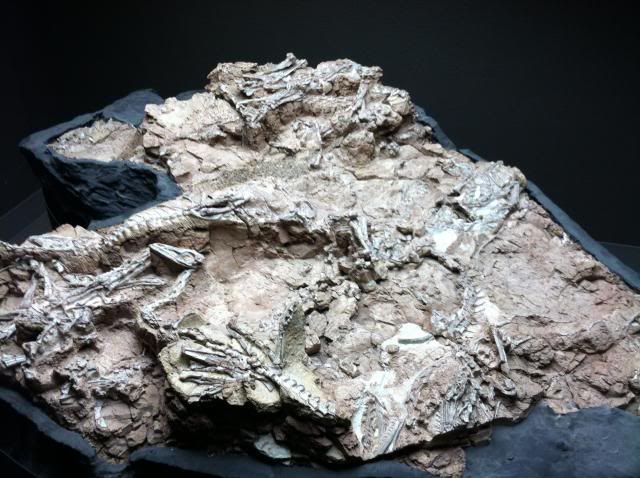
(Taken at the New Mexico Museum of Natural History and Science)
Coelophysis is one of the earliest dinosaurs discovered, being named by Edward Drinker Cope in 1889. Coelophysis means “hollow form,” because Cope noticed that it possessed hollow bones, something shared with all later theropods. Coelophysis also possessed a furcula (i.e. a wishbone) and a sclerodic ring seen in the orbit of the skull. The sclerodic ring allowed for muscle attachments which would have given Coelophysis amazing vision, much like modern birds of prey. As pointed out above, Coelophysis is one of the earliest dinosaurs and it already had all these traits that are found in modern birds. It would not be surprising to find out that Coelophysis also possessed feathers.
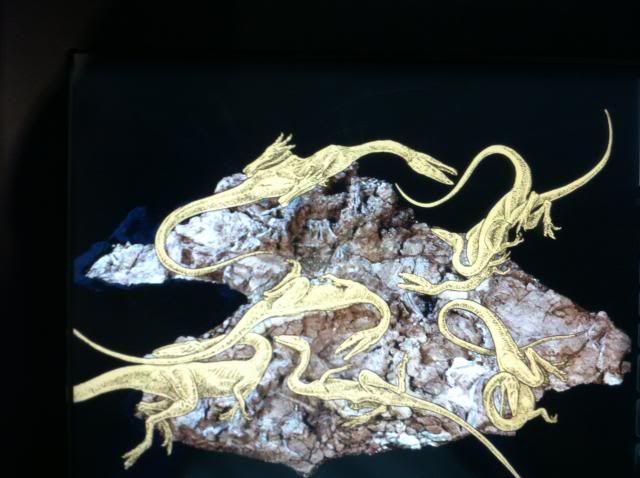
(Taken at the New Mexico Museum of Natural History and Science)
Thank you for everyone that ever participated in this. I did enjoy it, but I feel my time is better spent blogging about a different subject.
